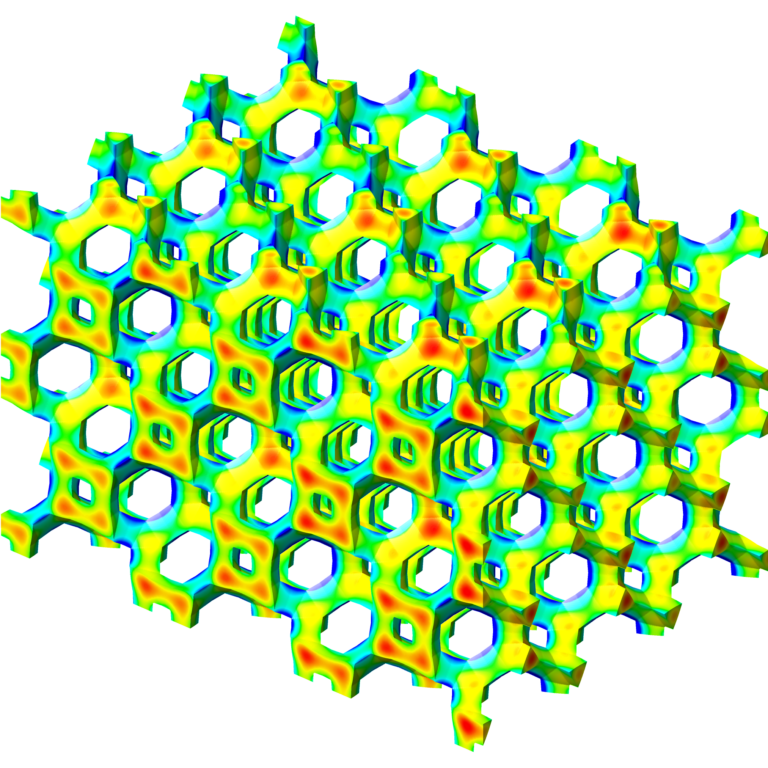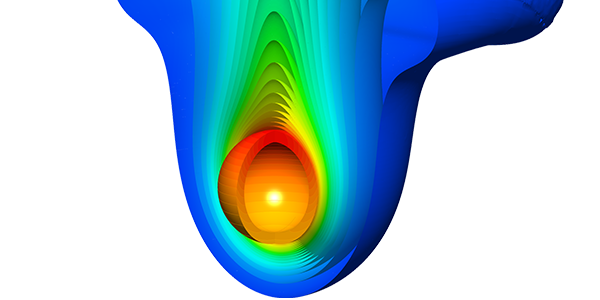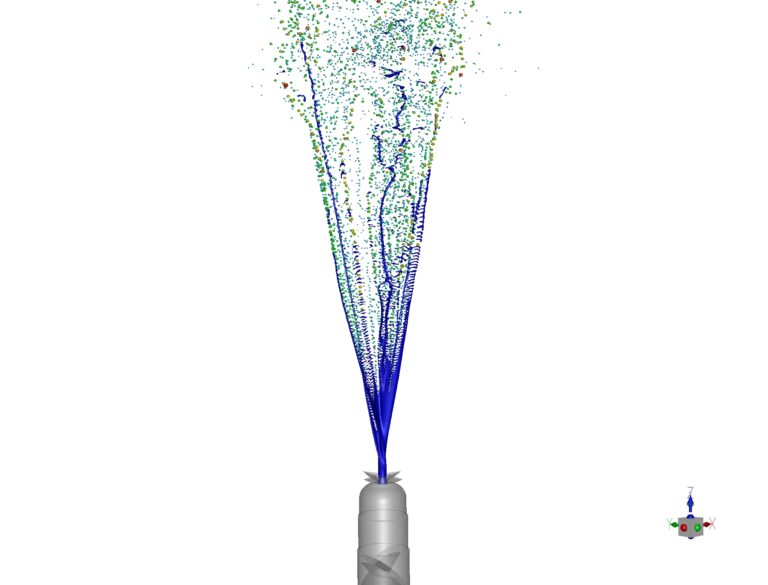Context
The development of renewable energies is a major challenge for decarbonizing our society and our lifestyles. Wind power is one of the most promising forms of renewable energy: wind turbines are expanding rapidly and now account for a growing share of the French and global electricity mix. In France for example, while annual electricity production has fluctuated between 500 and 550 TWh since the early 2000s, the share of wind power has risen considerably, from virtually zero in 2000 to 50.8 TWh in 2023, i.e. almost 10% (source: RTE-France).
In 2023, almost all of this production will come from onshore wind power (49 TWh). However, it does present a number of limitations, in terms of power (rarely exceeding 3 to 4MW), production duration (linked to intermittence and wind speed), and social acceptance.
Offshore wind power provides an answer to these limitations: larger and therefore more powerful wind turbines (up to 18 MW), greater available space enabling the deployment of extended wind farms, but also stronger and more regular winds. For example, the capacity factor – defined as the ratio between the energy actually produced and the energy that would have been produced if the turbine had been operating at full power for the whole year – is higher at sea: 24% onshore, compared with 38% offshore (Source: Wind Europe – Wind energy in Europe in 2019 – p.18).



